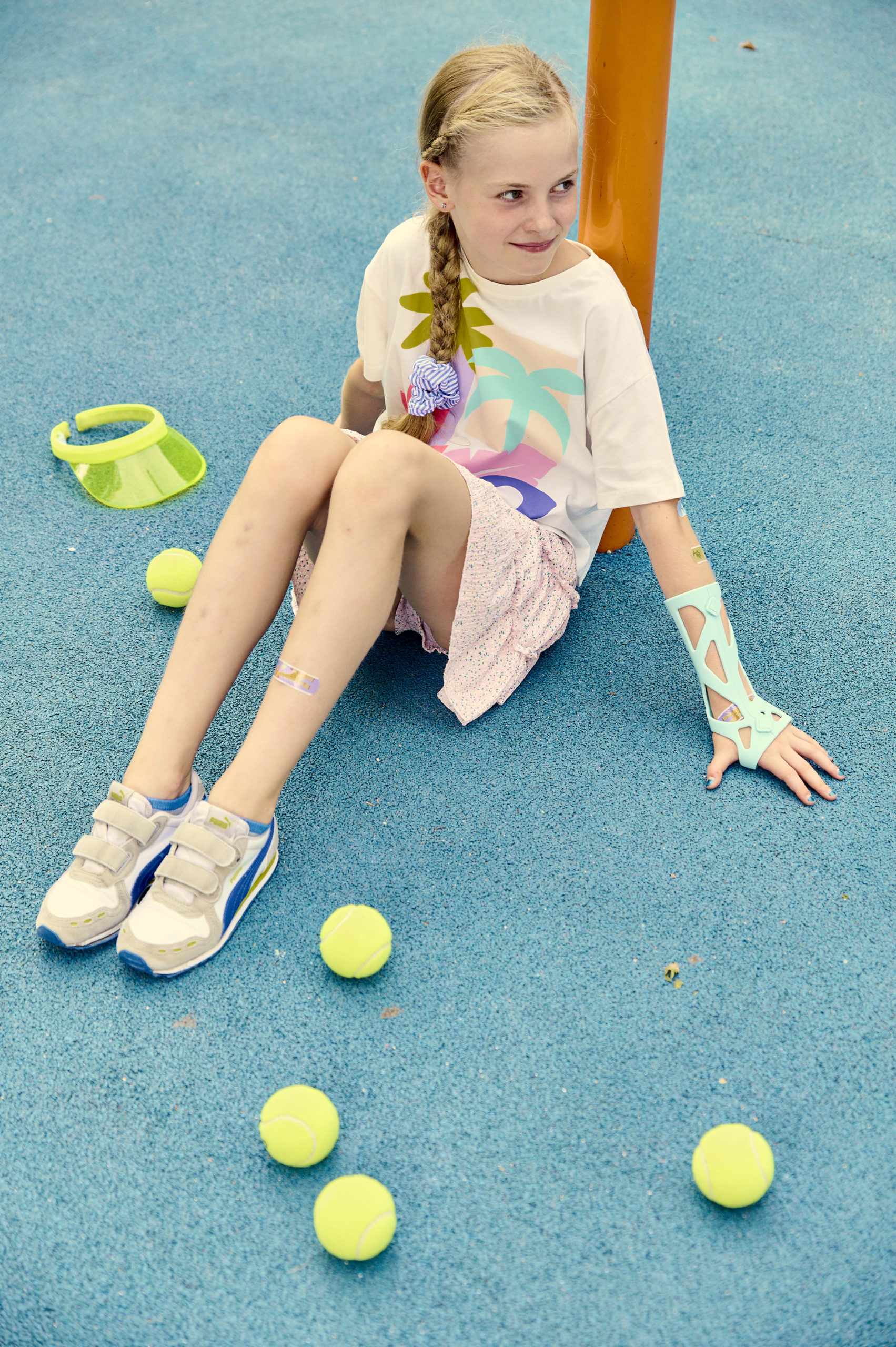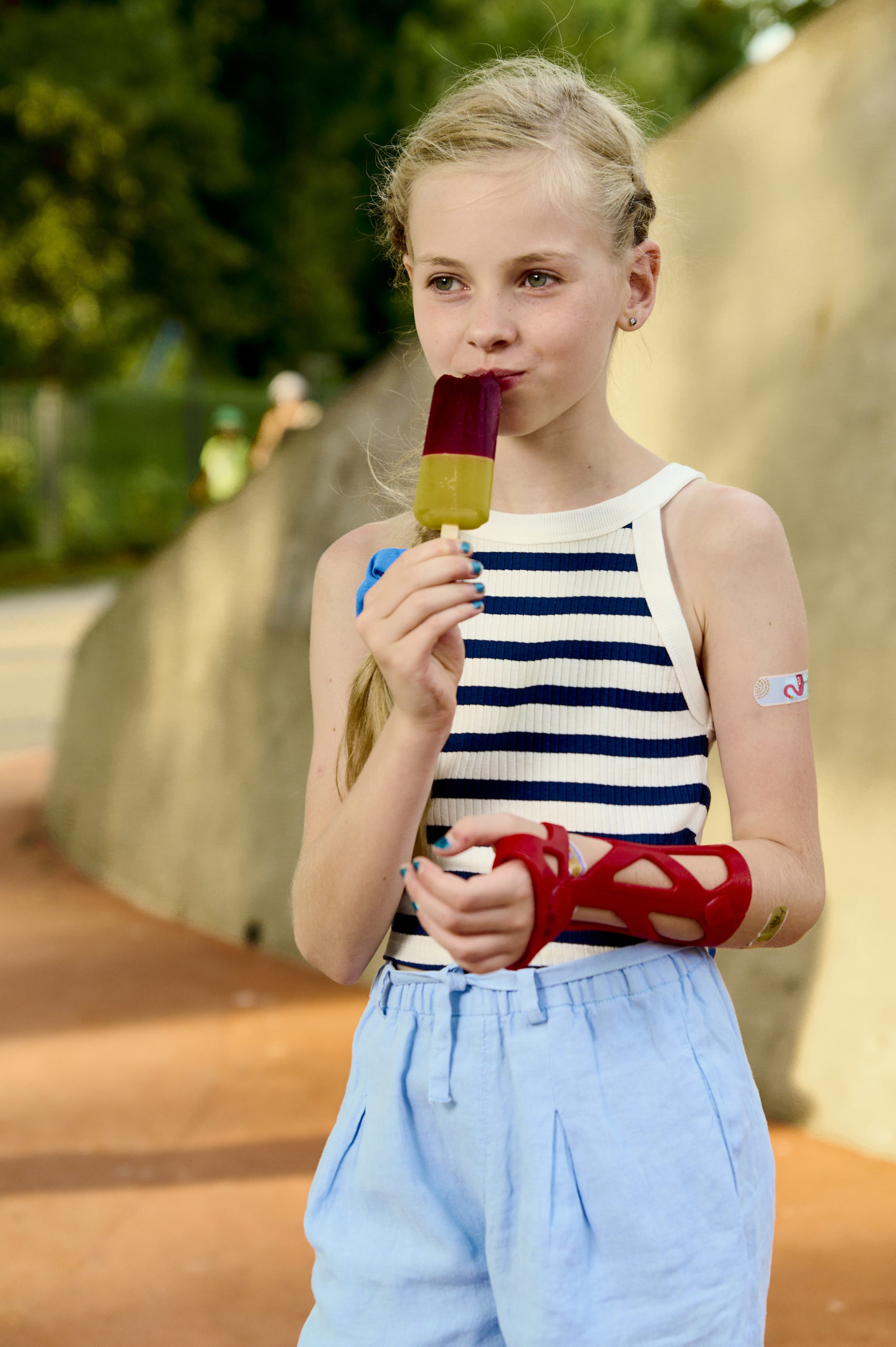reCOVER

Useful information
- Team members
- Country
- —
- Keywords
- -
Detailed Description
It all started with a broken hand seen by Georgina (product designer) which made her think about finding a better way for immobilization during the healing period. Later Dávid (product designer) joined her with all the expertise in the field of 3D scanning and 3D printing helped developing a functioning product that serves the needs of the customers which were explored by thorough market research and many interviews carried out by Balázs (economist and mechanical engineer). Our goal with this project is to create a personalized, 3D printed fixation (orthosis) that helps patients with bone fracture, tendonitis or carpal tunnel syndrome lead and live a better quality life during the recovery period. The vision is to make it a convenient, affordable and widely accessible solution since everyone deserves the right to heal comfortably. And the best part is that it can be realized with the help of distributed manufacturing. The product is in the final stage of development, ready for clinical testing.
Project Details
- Does your design take social and cultural challenges and human wellbeing into consideration?
Thanks to our design engineers we put huge effort in involving experienced patients and potential customers in the design of the orthesis. We have placed great emphasis on applied ergonomics, and collecting various aspects of patients via interviews, usability studies and voluntary trials on real cases and used all the information into our conception. Furthermore, we are offering features such as color and small motives to be chosen by the patient therefore they can take part in the co-designing process.
- Does your design support sustainable production, embodying circular or regenerative design practices?
The currently widely used options as plaster of paris and lightened plaster have to be treated like dangerous waste. Comparingly, our product is made of recyclable materials, which causes less harm to the environment.
- Does your design use principles of distribution and open source?
Since the application of the product requires medical expertise the designing process cannot be open source to be changed by anyone, but we are about to make it accessible for those partnering doctors and clinics who are dedicated in raising the quality of their medical services.
From the design perspective, reCOVER uses locally recorded data of the patient, with the help of 3D scanners, that contains all the necessary geometrical information of the injured limb. A previously created parametric “master” model is transformed according to the scan, resulting an easily 3D printable cast that fits perfectly to the patient’s limb. The concept becomes flexible and scalable by manufacturing reCOVER’s orthosis closest to the source of need by expanding external 3D printing networks. This makes the product quickly and widely accessible, since only data travels.
- Does your design promote awareness of responsible design and consumption?
After the market research, we can say that at some points of the world similar orthosis mentioned above can be found. However they are not accessible for anyone and anywhere. We realized the need of this and so decided to create a solution that is widely available and most people can enjoy the advantages provided, eg.: lightweight, waterproof, modern design, convenience - therefore increasing the life standard of the clients.
Images


